| |
|
|
Botanical Name |
: |
Carum carvi L. |
English
Name |
: |
Caraway |
Synonym(s) |
: |
Apium carvi, Bunium carui Beib. |
Family |
: |
Apiaceae |
| |
General Info
| Description |
 |
|
It is an annual or biennial glabrous herb, valued for its aromatic seeds. Roots are fusiform and thick. Stem is slender and the branches are grooved and hollow. The leaves are pinnately- dissected. Leaflets are ovate, cleft into linear, entire or dentate lobes. The flowers are in dense white umbels. In Fruits, the schizocarp are oblong-oval and yellowish brown in colour. The mericarps are aromatic, 4 to 6 mm long, hard and sharp, mostly curved, light to dark brown and with five prominent ribs. The separated mericarps (commonly called seeds) constitute the commercial caraway. It has a characteristic agreeable odor and an aromatic, somewhat warm and sharp taste. |
| Herb Effects |
 |
|
Antiseptic, antispasmodic, aromatic, carminative, digestive, emmenagogue, galactogogue, stimulant, expectorant, antiemetic and relieves bad breath (seed); aids in digestion and carminative (seed and fruit); alleviates spasms (essential plant oil and alcohol fruit extract). |
Chemistry
| Active Ingredients |
 |
|
Carvone, limonene, camphene, alpha and beta-pinene, P-cymene, cadinene, myrcene, carveyl acetate, cadinene, carveols, germacrene and traces of carvacrol (essential plant oil); acetaldehyde, alpha-linolenic acid, alpha-phyllandrene, alpha-pinene, beta-carotene, beta-pinene, carvone, furfural, lauric acid, limonene, linoleic acid, myrcene, myristic acid, myristicin, niacin, oleic acid, palmitic acid, quercetin, riboflavin, terpinolene, thiamin, thujone (fruit); alpha-terpinene (seed); carvacrol, tannin, terpinen-4-ol (plant) |
| Chemistry
of Active Ingredients |
 |
|
|
 |
Name |
CAS# |
IUPAC Name |
Formula |
Structure |
 |
|
| Carvone |
53763-73-8 |
2-methyl-5-prop-1-en
-2-yl-cyclohex-2-en-
1-one |
C10H14O |
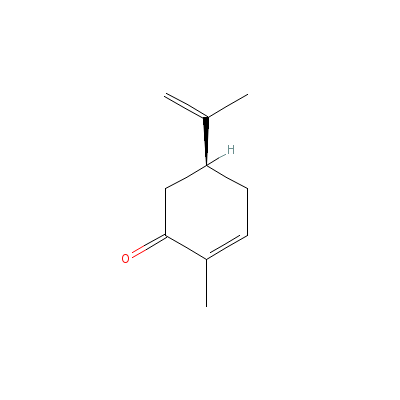
|
| Limonene |
9003-73-0 |
1-methyl-4-prop-1-en
-2-yl-cyclohexene |
C10H16 |
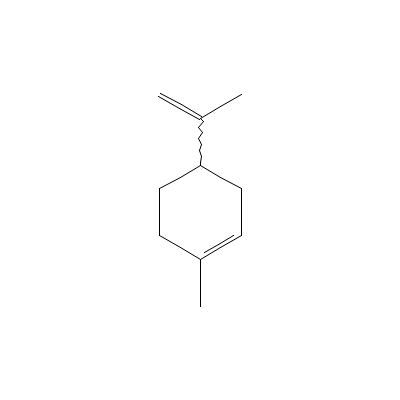
|
| Camphene |
5794-04-7 |
2,2-dimethyl-3-methy
lidene-norbornane |
C10H16 |
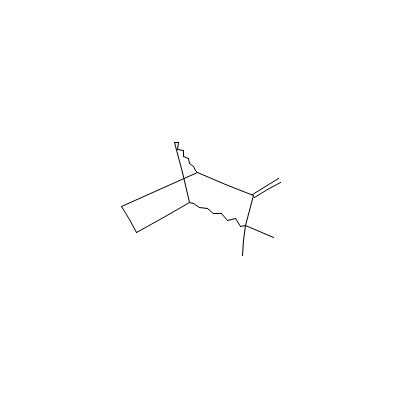
|
| p-Cymene |
Not Available |
dichlororuthenium;
1-methyl-5,6-dihydro
-4H-pyrimidine;
p-cymene |
C15H24Cl2N2Ru |
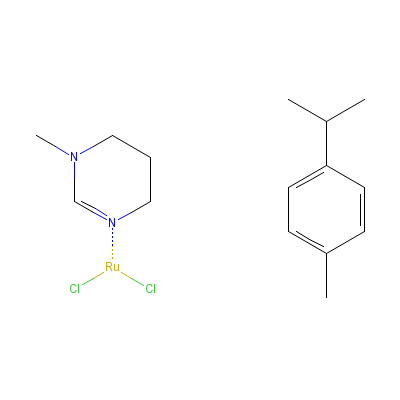
|
| Myrcene |
2153-31-3 |
7-methyl-3-methylide
ne-octa-1,6-diene |
C10H16 |
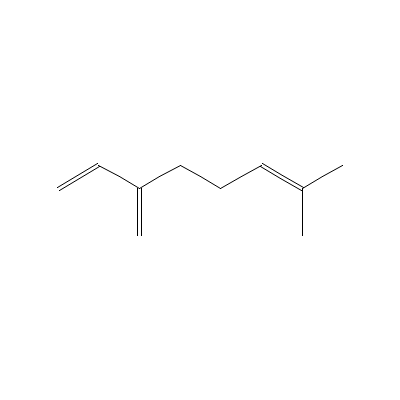
|
| Cadinene |
29350-73-0 |
1,6-dimethyl-4-propa
n-2-yl-1,2,3,4,4a,5,
6,8a-octahydronaphth
alene |
C15H26 |
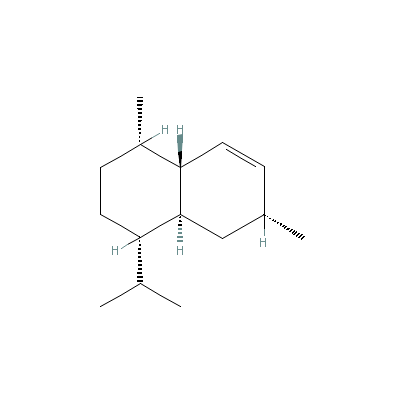
|
| alpha-Pinene |
80-56-8 |
2,7,7-trimethylbicyc
lo[3.1.1]hept-2-ene |
C10H16 |

|
| beta-Pinene |
23089-32-9 |
6,6-dimethyl-2-methy
lidene-norpinane |
C10H16 |
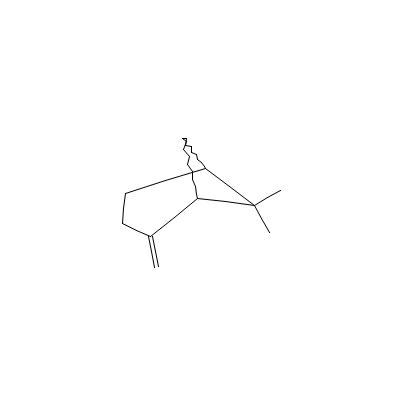
|
| Acetaldehyde |
108-62-3 |
2,4,6,8-tetramethyl-
1,3,5,7-tetraoxocane |
C8H16O4 |

|
| alpha-Linolenic acid |
94138-91-7 |
octadeca-9,12,15-tri
enoic acid |
C18H30O2 |

|
| alpha-Phellandrene |
2243-33-6 |
2-methyl-5-propan-2-
yl-cyclohexa-1,3-die
ne |
C10H16 |
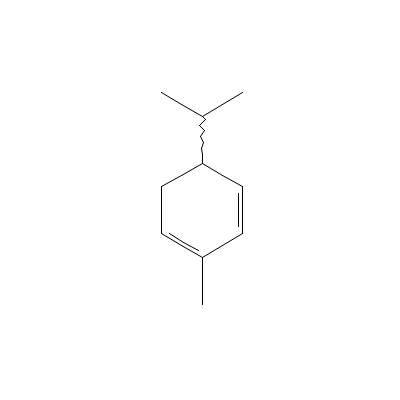
|
| beta-Carotene |
Not Available |
3,7,12,16-tetramethy
l-1,18-bis(2,6,6-tri
methyl-1-cyclohexeny
l)-octadec
a-1,3,5,
7,9,11,13,15,17-nona
ene |
C40H56 |

|
| Lauric acid |
8045-27-0 |
Dodecanoic acid |
C12H24O2 |
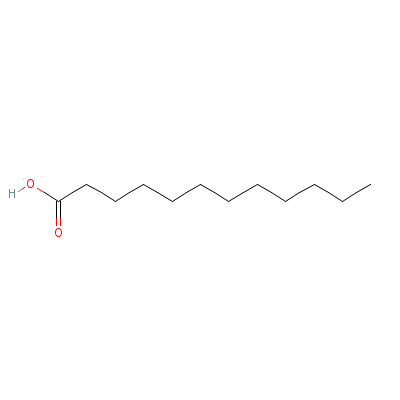
|
| Linoleic acid |
8024-22-4 |
octadeca-9,12-dienoi
c acid |
C18H32O2 |
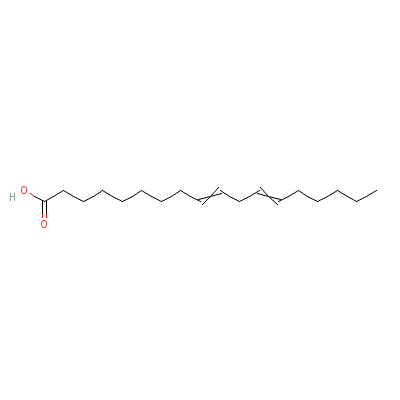
|
| Myristic Acid |
Not Available |
Hexane |
C6H14 |

|
| Myristicin |
Not Available |
4-methoxy-6-prop-2-e
nyl-benzo[1,3]dioxol
e |
C11H12O3 |
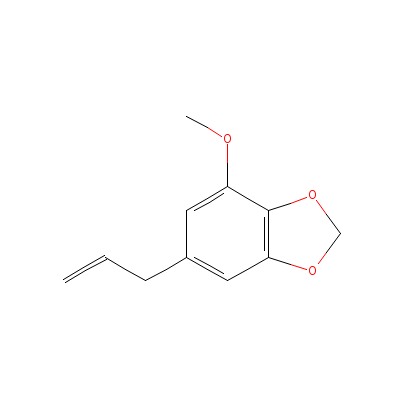
|
| Niacin |
99148-57-9 |
pyridine-3-carboxyli
c acid |
C6H5NO2 |
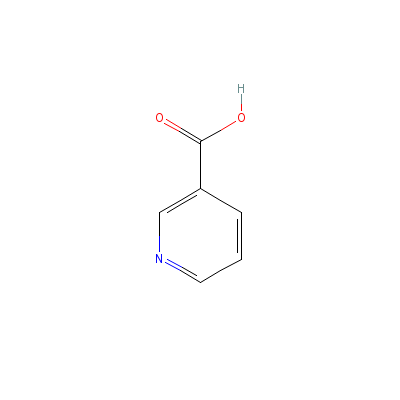
|
| Oleic acid |
8046-01-3 |
octadec-9-enoic acid |
C18H34O2 |
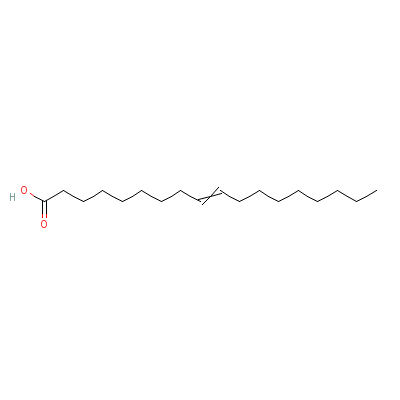
|
| Palmitic acid |
66321-94-6 |
hexadecanoic acid |
C16H32O2 |
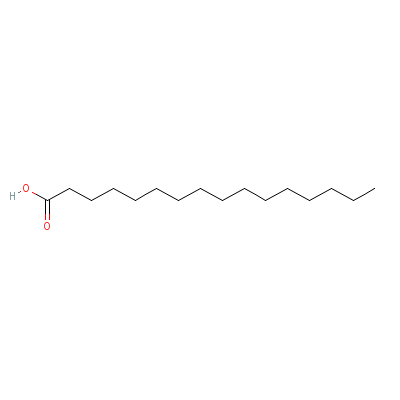
|
| Quercetin |
Not Available |
2-(3,4-dihydroxyphen
yl)-3,4,5-trihydroxy
-chromen-7-one |
C15H10O7 |
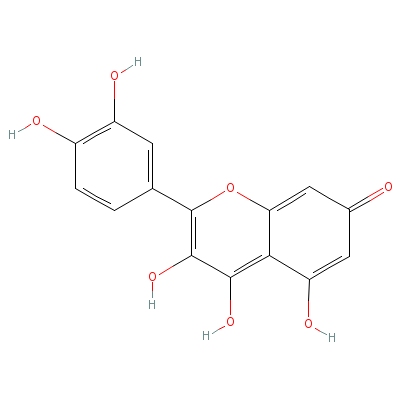
|
| Riboflavin |
Not Available |
Not Available |
C17H21N4O9P |
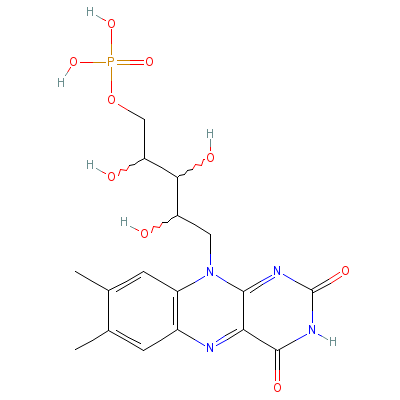
|
| Terpinolene |
586-62-9 |
1-methyl-4-propan-2-
ylidene-cyclohexene |
C10H16 |

|
| Thiamin |
59-43-8 |
2-[3-[(4-amino-2-met
hyl-pyrimidin-5-yl)m
ethyl]-4-methyl-1-th
ia-3-azoni
acyclope
nta-2,4-dien-5-yl]et
hanol |
C12H17N4OS+ |

|
| Thujone |
1125-12-8 |
2-methyl-5-propan-2-
yl-bicyclo[3.1.0]hex
an-3-one |
C10H16O |
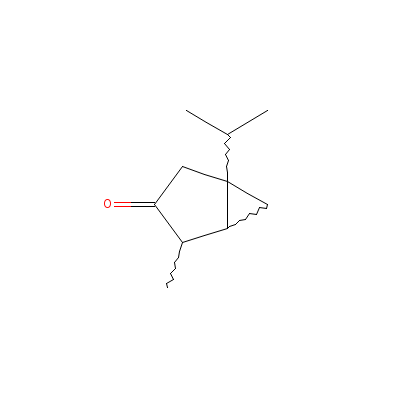
|
| alpha-Terpinene |
99-86-5 |
1-methyl-4-propan-2-
yl-cyclohexa-1,3-die
ne |
C10H16 |
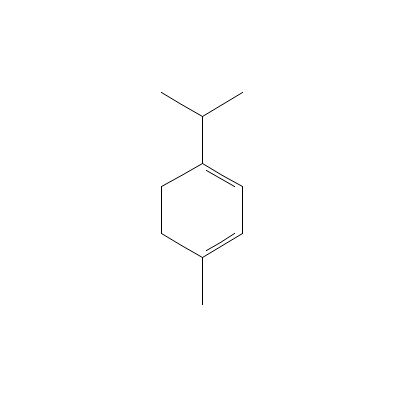
|
| Carvacrol |
499-75-2 |
2-methyl-5-propan-2-
yl-phenol |
C10H14O |
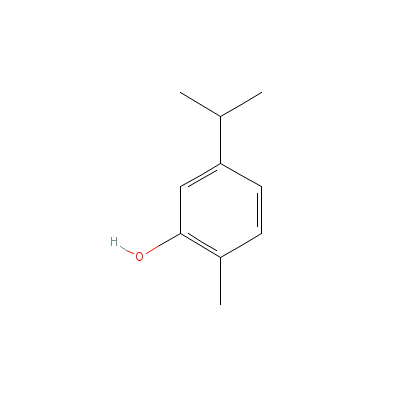
|
| Terpinen-4-ol |
Not Available |
4-methyl-1-propan-2-
yl-cyclohex-3-en-1-o
l |
C10H18O |
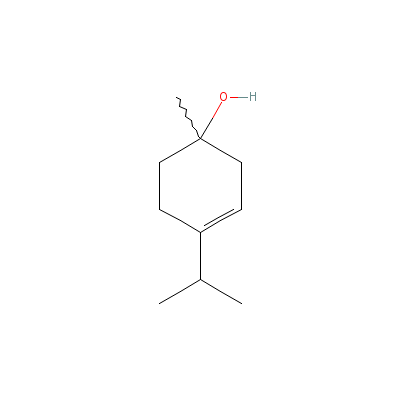
|
|
Pharmacology
| Medicinal Use |
 |
|
Stomach problems, bronchitis, to increase the production of breast milk in nursing mothers (seed); rheumatism and lumbago (seed vapor); in cancer, cholera, abscesses, flatulence, halitosis, headache and as an emmenagogue; "Caraway water" is used as a veh. |
| Reference |
 |
|
 Stary, Medicinal Herbs and Plants. Stary, Medicinal Herbs and Plants.
Sharma, Classical Uses of Medicinal Plants.
Chandel et al., Biodiversity in Medicinal and Aromatic Plants in India.
Uniyal et al., Medicinal Flora of Garhwal Himalayas.
The Himalaya Drug Company. |
Dealers
Products
|
|